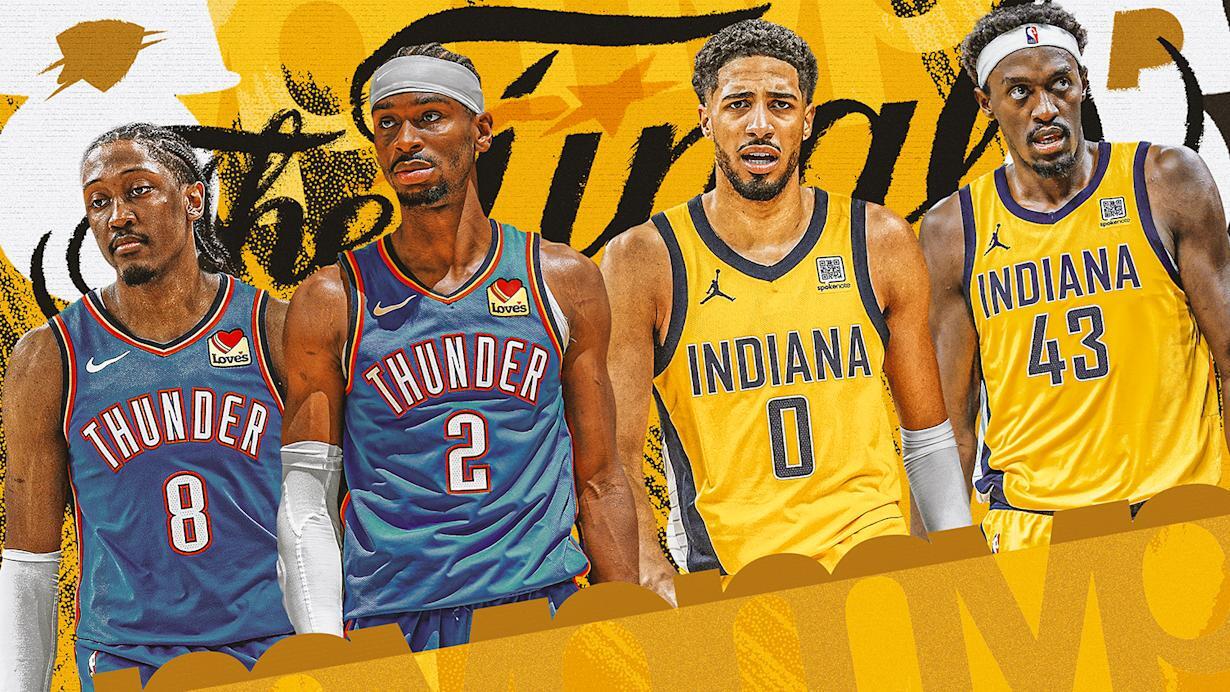Sports
The 2025 NBA Offseason: Five Storylines Shaping a Wild Summer
1. A Historic Free Agency Frenzy
The 2025 NBA offseason saw one of the wildest free agency periods in recent memory, with several high-profile players on the move and some shocking decisions reshaping the landscape of the league. Teams are increasingly focusing on reshaping their rosters to compete with the league’s elite, leading to some monumental signings and trades that had fans and analysts buzzing. Some of the biggest names in basketball tested the market, forcing franchises to either show their hand early or risk missing out on elite talent. This summer, the shift toward player empowerment was more evident than ever, as a number of superstars exercised their options for bigger paydays and new challenges.
Stars like LeBron James, Giannis Antetokounmpo, and Luka Dončić were at the center of much speculation about whether they would stay loyal to their current teams or pursue new opportunities. The aftermath of these decisions was felt across the league, especially in smaller markets, where franchises faced the tough reality of competing against perennial title contenders armed with deeper pockets and better rosters. The ripple effects of this free agency period will continue to impact the balance of power in the NBA for years to come.

2. Trades That Shook Up The League
The 2025 NBA offseason wasn’t just about free agency; blockbuster trades also took center stage. With contenders looking to improve their rosters and rebuilding teams seeking to stockpile future assets, the trade market was active, and high-profile names switched teams. The most notable deals involved established superstars in their prime or future MVP candidates making the leap to new environments to pursue championship aspirations.
A monumental trade that took place involved Zion Williamson, whose potential had always been tantalizing but whose injuries kept him from achieving his full promise in New Orleans. The Pelicans sent him to a team with immediate championship hopes, raising questions about his health and future prospects. Another big trade saw Damian Lillard finally get his wish for a trade out of Portland, sending shockwaves through the NBA as he joined forces with a top contender in the East, changing the conference’s power structure.
These trades didn’t just impact the teams involved; they had a domino effect on the rest of the NBA. Teams in both conferences were forced to adjust their strategies, looking for new ways to keep up with an ever-changing NBA landscape.
3. Rookie Impact: The New Blood Arrives
The 2025 NBA Draft promised to bring in some of the most talented players to enter the league in recent years, and the subsequent performance of these rookies shaped the narrative of the offseason. Top picks like Victor Wembanyama and Scoot Henderson were poised to have immediate impacts on their new teams, and the league was watching closely to see how quickly they could adjust to the NBA’s rigorous demands.
Wembanyama, in particular, was under the spotlight as the consensus No. 1 pick, expected to elevate the San Antonio Spurs back into contention. His unique blend of size, skill, and basketball IQ quickly made him one of the most exciting players to watch in the league. Henderson, joining the Portland Trail Blazers, was expected to usher in a new era for the franchise. His performance was anticipated to be pivotal, especially with Lillard’s departure, marking the beginning of a potential rebuild in Portland.
The influence of the 2025 rookies was felt throughout the league, as teams invested in youth, and the narrative of young talent reshaping the NBA continued to build. The storylines around these rising stars were not just about immediate success, but also about their potential to challenge for MVP honors and create long-lasting legacies.
4. The Rise of International Stars
As the NBA becomes increasingly global, 2025 saw an uptick in international players making an indelible mark on the league. While names like Giannis Antetokounmpo and Luka Dončić have already been established global icons, the influx of international talent continued to rise. In the 2025 offseason, teams not only targeted established foreign stars but also looked to develop younger international talent.
Players like Shai Gilgeous-Alexander, who had become a focal point for the Oklahoma City Thunder, were now leading the charge for international players to ascend to MVP-caliber status. Additionally, some fresh faces like Franz Wagner from Germany and LaMelo Ball from Australia were proving that the next wave of superstars was global. These players were no longer just role players; they were leading franchises, drawing global fanbases, and competing for the highest individual honors.
The growing presence of international stars not only raised the competitive level of the NBA but also added an exciting layer to the league’s culture. The 2025 offseason marked a period of profound growth for the league, as it embraced its role as a truly international sports entity.
5. The Future of the NBA’s Collective Bargaining Agreement
While free agency, trades, and rookies were the immediate concerns of NBA fans, the 2025 offseason also saw discussions around the future of the league’s Collective Bargaining Agreement (CBA). With player salaries reaching unprecedented heights, the league and players’ association faced tough negotiations over revenue sharing, salary cap limits, and player benefits. The 2025 CBA discussions were shaping up to be a critical turning point for the league.
The impact of these negotiations will be felt for years to come, as the NBA works to balance the increasing demands of its players with the financial realities of running a league that spans 30 teams. One major point of contention was the implementation of stricter salary cap measures designed to prevent a few teams from monopolizing top talent. This could mean tougher restrictions on teams looking to assemble super teams, forcing them to build more organically through the draft and development rather than through big-money free agency signings.
These discussions are not just about economics; they also have the potential to reshape the competitive balance of the league and determine how teams and players approach roster construction in the years ahead.
From: Lynnclaire
